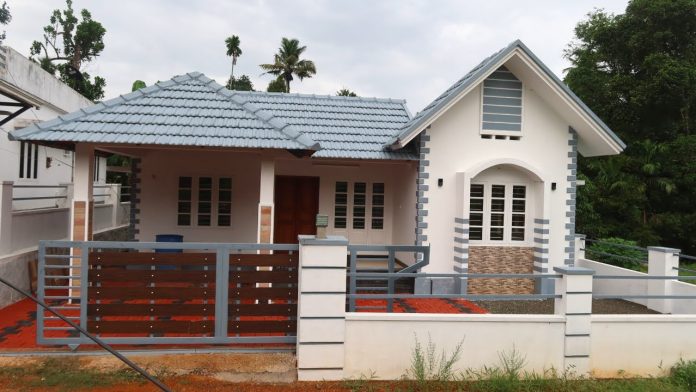Rock garden plants tend to be small, both because many of the species are naturally small, and so as not to cover up the rocks. They may be grown in troughs (containers), or in the ground. The plants will usually be types that prefer well-drained soil and less water.The usual form of a rock garden is a pile of rocks, large and small, aesthetically arranged, and with small gaps between, where the plants will be rooted. Some rock gardens incorporate bonsai.
Some rock gardens are designed and built to look like natural outcrops of bedrock. Stones are aligned to suggest a bedding plane and plants are often used to conceal the joints between the stones. This type of rock garden was popular in Victorian times, often designed and built by professional landscape architects. The same approach is sometimes used in modern campus or commercial landscaping, but can also be applied in smaller private gardens.
Native plants suit today’s interest in “low-maintenance” gardening and landscaping, with many species vigorous and hardy and able to survive winter cold and summer heat. Once established, they can flourish without irrigation or fertilization, and are resistant to most pests and diseases.Many municipalities have quickly recognized the benefits of natural landscaping due to municipal budget constraints and reductions and the general public is now benefiting from the implementation of natural landscaping techniques to save water and create more personal time.
Native plants provide suitable habitat for native species of butterflies, birds, pollinators, and other wildlife. They provide more variety in gardens by offering myriad alternatives to the often planted introduced species, cultivars, and invasive species. The indigenous plants have co-evolved with animals, fungi and microbes, to form a complex network of relationships. They are the foundation of their native habitats and ecosystems, or natural communities.









